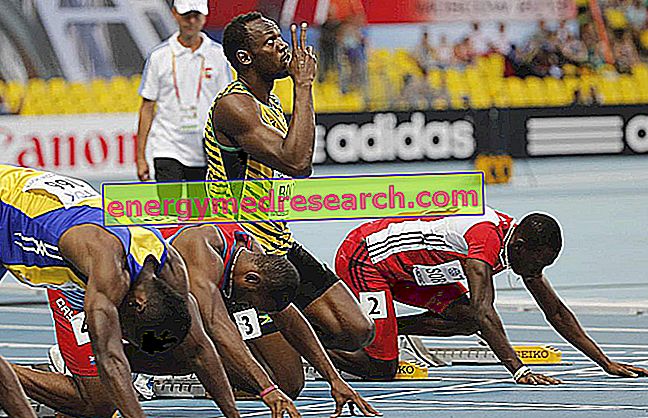Scroll down the page to read the summary table on the apraxia.
| Apraxia: definition | Clear difficulty or inability to perform voluntary movements: apraxia is a neuropsychological disorder directly related to movement deficits, both in terms of planning and motor programming |
| Apraxia: analysis of the term and meaning | Aprassia derives from the Greek a-praxìa :
|
| Aphasia and general traits | Most apraxis patients are not aware of their deficits, they are normo-intelligent, they are not disabled, and both will and motor capacity remain unchanged |
| Apraxia: causes and clinical evidence |
|
| Apraxia: anatomical targets | Apraxia mainly affects the muscles of the arms, while those of the legs and face are only rarely affected; the apraxia of the trunk is debatable |
| Clinical aspect of apraxia (design errors) |
|
| Aphasia and movement disorders | Apraxia is intended as a disorder of its own, associated with other movement disorders, but not directly related |
| General classification of apraxia | Classification based on the areas affected: apraxia of the limbs, oral and trunk Classification of forms of apraxia according to the degree of processing of the motor gesture |
| Ideomotor apraxia | The patient is unable to translate the gesture conceived into movement |
| Ideational (or ideational) apraxia | Impossibility to execute movements in the right temporal succession |
| Constructive apraxia | Impossibility to reproduce bi / three dimensional configurations, both on imitation and on memory |
| Buccofacial apraxia | Inability to perform indicative movements with mouth, pharynx or neck muscles, even under imitative stimulation |
| Apraxia of the trunk | Inability of the patient to coordinate the movements of the trunk and to execute them correctly for a purpose |
| Other forms of apraxia | Verbal apraxia Motor apraxia Acrocinetic apraxia |
| Element that unites all forms of apraxia | Apraxia is not simply related to movement as such, rather it affects the organization, design and coordination of gestures and movements |
| Apraxia: diagnosis |
|
| Apraxia: therapies | Patient rehabilitation: substitute and restorative approach Lack of a specific and exclusive drug therapy Quantity of rehabilitation studies carried out for the rather small apraxia |
| Apraxia: prognosis | In general, apraxia is one of the debilitating neuropathological pathologies Some forms of apraxia tend to resolve spontaneously (eg ideomotor apraxia) Many aprasic symptoms get worse as the patient advances with age |



